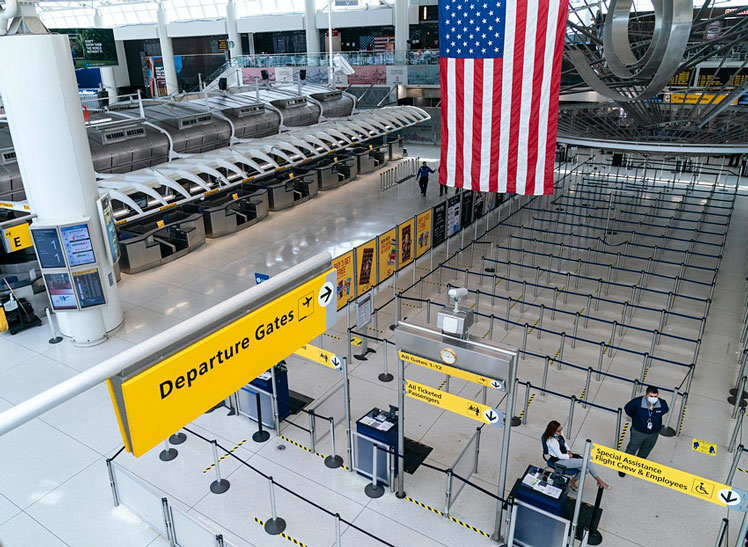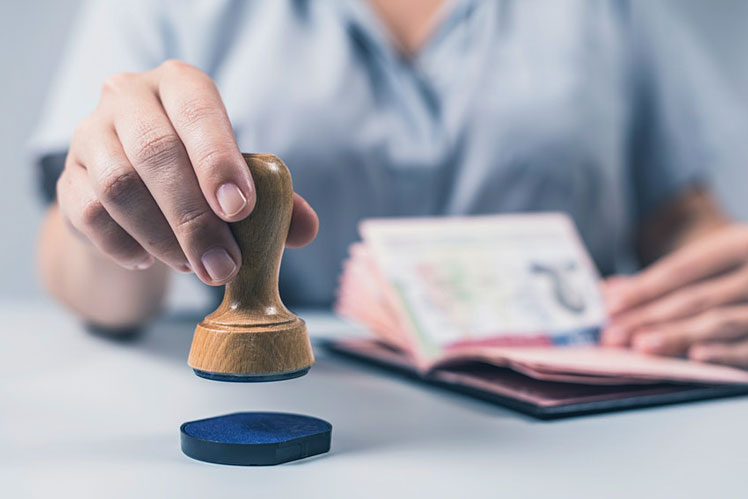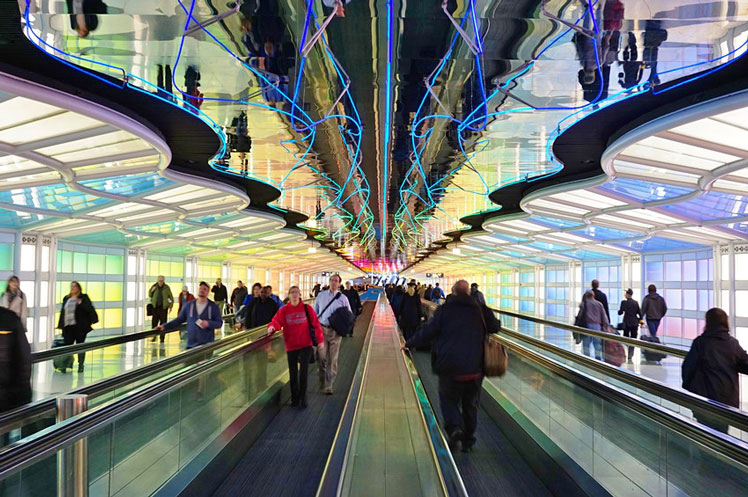
Do you need a visa to go to the USA?
TripFalcon June 05, 2021
Last Update: 2021-06-05 20:38:27Visa requirements for the USA are often in flux, so make sure you know the rules before your trip. The US State Department maintains the most comprehensive visa information, providing downloadable forms, lists of US consulates abroad and even visa wait times calculated by country.
Citizens of 39 countries, including visitors from the United Kingdom, Australia, New Zealand, Japan and the European Union, do not need a visa to travel to the USA, but they do need to fill out an online form called ESTA.

Visitors from the 39 Visa Waiver Program countries should have an ESTA before traveling to the USA © Lev Radin / Getty Images
Do I need to apply for an ESTA?
If you have a passport from one of the 39 countries on the USA's Visa Waiver Program list – which includes the UK, Australia, New Zealand, Japan and European Union countries – you need to apply for an Electronic System for Travel Authorization (ESTA) in advance of your trip. Register online with the Department of Homeland Security at least 72 hours before your arrival. Once your ESTA is approved, it is valid for two years. The fee is payable online and costs $14.
ESTA requires that you register specific information online, such as your name, address and passport info. You will receive one of three responses: Authorization Approved (this usually comes within minutes; most applicants can expect to receive this response), Authorization Pending (you'll need to check the status within the next 72 hours) or Travel Not Authorized. The latter option means you will need to apply for a visa.
Canadian passport holders do not require a visa or ESTA to enter the USA for stays of less than 90 days. Visitors to the USA from other countries must apply for a tourist visa.

Foreign visitors who require a tourist visa to the USA must apply at a US embassy abroad © FTiare / Getty Images
What you need to know about tourist visas to the USA
Apart from most Canadian citizens and those entering under the Visa Waiver Program, all foreign visitors need to obtain a tourist visa from a US consulate or embassy abroad. Most applicants must schedule a personal interview, to which you must bring all your documentation and proof of fee payment. Wait times for interviews vary, but afterwards, barring problems, visa issuance takes anywhere from a few days to a few weeks.
Your passport must be valid for the entirety of your intended stay in the USA, and sometimes six months longer, depending on your country of citizenship. You'll need a recent photo (2 inches by 2 inches), and you must pay a nonrefundable $160 processing fee, plus in a few cases an additional visa-issuance reciprocity fee. You'll also need to fill out the DS-160 nonimmigrant visa electronic application online.
Visa applicants are required to show documents of financial stability (or evidence that a US resident will provide financial support), a round-trip or onward ticket and "binding obligations" that will ensure their return home, such as family ties, a home or a job. Because of these requirements, those planning to travel through other countries before arriving in the USA are generally better off applying for a US tourist visa while they're still in their home country, rather than while on the road.
The most common tourist visa is a nonimmigrant visitor's visa, called B-2 for tourism or visiting friends and relatives. A visitor's visa is good for multiple entries over one or five years, and it specifically prohibits the visitor from taking paid employment in the USA. The validity period depends on what country you are from. The actual length of time you'll be allowed to stay in the USA is determined by US immigration at the port of entry.
If you're coming to the USA to work or study, you will need a different type of visa, and the company or institution to which you are going should make the arrangements.

Immigration and custom checks require biometric information, such as digital fingerprints and a photo © EQRoy / Shutterstock
Entering the USA as a tourist
Every visitor entering the USA from abroad needs a passport. Visitors from most countries only require a passport valid for their intended period of stay in the USA. However, nationals of certain countries require a passport valid for at least six months longer than their intended stay. If your passport does not meet current US standards, you'll be turned back at the border. All visitors wishing to enter the USA under the Visa Waiver Program must have an e-Passport with a digital photo and an integrated RFID chip containing biometric data.
If you're flying to the US, the first airport at which you land is where you must go through immigration and customs, even if you're flying to another destination. Upon arrival, all international visitors must register with the Department of Homeland Security's Office of Biometric Identity Management program, which entails having your fingerprints scanned and a digital photo taken.
Everyone arriving in the US needs to fill out the a customs declaration. US and Canadian citizens, along with eligible foreign nationals participating in the Visa Waiver Program, can complete this procedure electronically at an Automated Passport Control kiosk upon disembarking. All others must fill out a paper customs declaration, which is usually handed out on the plane. Have it completed before you approach the immigration desk.
Once you go through immigration, you collect your baggage and pass through customs. If you have nothing to declare, you'll probably clear customs without a baggage search, but don't assume this. If you're continuing on the same plane or connecting to another flight, your checked baggage must be rechecked. There are usually airline representatives just outside the customs area who can help you.
No matter what your ESTA or visa says, US immigration officers have absolute authority to refuse admission to the country, or to impose conditions on admission. They may ask about your plans and whether you have sufficient funds; it's a good idea to list an itinerary, produce an onward or round-trip ticket and have at least one major credit card.

